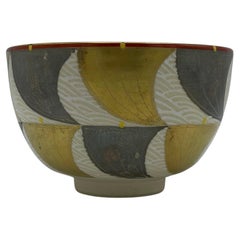Items Similar to Rare Porcelain Bowl with Plique-a-Jour Design by Makuzu Kozan
Want more images or videos?
Request additional images or videos from the seller
1 of 15
Rare Porcelain Bowl with Plique-a-Jour Design by Makuzu Kozan
$8,000
£6,116.43
€7,044.89
CA$11,210.45
A$12,515.42
CHF 6,557.89
MX$153,200.98
NOK 83,285.27
SEK 78,527.43
DKK 52,576.72
Shipping
Retrieving quote...The 1stDibs Promise:
Authenticity Guarantee,
Money-Back Guarantee,
24-Hour Cancellation
About the Item
An extremely fine and delicate porcelain bowl from the studio of Japanese Potter Makuzu Kozan, also known as Miyagawa Kozan (1842–1916), one of the most established and collected ceramist from Meiji Period. Born as Miyagawa Toranosuke, Kozan established his pottery studio in Yokohama around 1870s and later became one of the appointed artist to the Japanese Imperial household. His work was exhibited in many international fairs that the Meiji government participated at the turn of the century and won many grand prizes.
This particular vessel was made with very fine bone china, thin and delicate to the touch. It plays with the concept of a fish bowl by taking the exact form despite of the improper size to serve such a function. The three fish on the exterior, however, render a humorous delusion that anything is possible. As it may not be a bowl to contain the fish but certainly it can still a "fish" bowl!
What is amazing about this piece is that the fish was outlined in red enamel and crafted in plique-a-jour fashion with a semi-transparent enamel filling the cloisonne. It looks quite magical when lit from within, as shown in the pictures. The fish, in various motions, vividly jump out of the waves. Both the red used in the scales of the fish and the lime green for the wave twinkle a slightly gem tone, gives this piece a jewel-like quality.
Kozan was renowned for exploring the novel ceramic techniques that became available circa 1900s and he experimented with new colors from the West that were freshly bright. This endeavour opened many creative possibilities in his design and work. This piece is a superb example of how his studio bridged the east and the west to create one of a kind masterpiece.
- Creator:Makuzu Kozan (Artist)
- Dimensions:Height: 4.5 in (11.43 cm)Diameter: 6.5 in (16.51 cm)
- Style:Japonisme (Of the Period)
- Materials and Techniques:Porcelain,Appliqué
- Place of Origin:
- Period:1900-1909
- Date of Manufacture:1900s
- Condition:Wear consistent with age and use. Very fine condition with minimal wear.
- Seller Location:Atlanta, GA
- Reference Number:1stDibs: LU945016056762
About the Seller
4.9
Platinum Seller
Premium sellers with a 4.7+ rating and 24-hour response times
Established in 2006
1stDibs seller since 2010
564 sales on 1stDibs
Typical response time: <1 hour
- ShippingRetrieving quote...Shipping from: Atlanta, GA
- Return Policy
Authenticity Guarantee
In the unlikely event there’s an issue with an item’s authenticity, contact us within 1 year for a full refund. DetailsMoney-Back Guarantee
If your item is not as described, is damaged in transit, or does not arrive, contact us within 7 days for a full refund. Details24-Hour Cancellation
You have a 24-hour grace period in which to reconsider your purchase, with no questions asked.Vetted Professional Sellers
Our world-class sellers must adhere to strict standards for service and quality, maintaining the integrity of our listings.Price-Match Guarantee
If you find that a seller listed the same item for a lower price elsewhere, we’ll match it.Trusted Global Delivery
Our best-in-class carrier network provides specialized shipping options worldwide, including custom delivery.More From This Seller
View AllJapanese Ceramic Centerpiece Bowl Makuzu Kozan Meiji Period
By Makuzu Kozan
Located in Atlanta, GA
A beautiful ceramic vessel in the form of Bo, the so-called monk's alms bowl from the studio of Japanese Potter Makuzu Kozan, also known as Miyagawa Kozan (1842–1916), one of the most established and collected ceramist from Meiji Period. Born as Miyagawa Toranosuke, Kozan established his pottery studio in Yokohama circa 1870s and later became one of the appointed artists to the Japanese Imperial household. His work was exhibited in many international fairs that the Meiji government participated at the turn of the century and won many grand prizes.
Of a relatively large size, this piece was made as a decorative center piece for display. It was brilliantly decorated with underglaze paint of a green-on-green bamboo motif, using the novel technique developed by Kozan called Fuki-e (the blow painting). As a result, the bamboos appear took on a three-dimensional quality as if appearing in a mist. Known as one of the most creative ceramists, circa 1887, Kozan started experimenting with new chemical colors from the West in the format of his porcelain glaze. New colors allowed him to create underglaze design that appeared bright, smooth and glossy. To create design that is realistic and dimensional, more common in the western paintings, he was inspired by the native Japanese ink painting technique developed around 1900 by Yokoyama Taikan...
Category
Antique Early 1900s Japanese Japonisme Ceramics
Materials
Ceramic
Japanese Glazed Ceramic Bowl by Makuzu Kozan
By Makuzu Kozan
Located in Atlanta, GA
Tri-pod ceramic bowl likely used as an incense burner (koro) by Japanese Imperial potter Makuzu Kozan (1842-1916) circa late Meiji period. The signature indicates that it was produce...
Category
Antique 1880s Japanese Meiji Ceramics
Materials
Ceramic
Japanese Ceramic Bowl Makuzu Kozan Utusushi Kenzan
By Makuzu Kozan
Located in Atlanta, GA
A rare ceramic bowl with overglaze paint decoration by Japanese imperial potter Makuzu Kozan ((1842–1916). Unlike the better-known works Kozan made for the expositions in the west and export to the foreign market, this piece exemplifies his work for the domestic market and the tea ceremony. The bowl was made in the so called "Utusushi" Ogata Kenzan (1663-1743), a celebrated Edo painter and ceramicist. Utusushi is loosely translated as "in the spirit of". It is not at all a simple imitation of a master, but a Japanese concept of embracing the spiritual essence of a master while the creator is free to mix in his or her own unique artistic interpretation and flavor.
The bowl was made to hold fruits during the tea ceremony. It has a very distinguished form with a circular lower body morphing into a square upper portion that further opening with flared rim. The surface has a grey glaze onto which Asagao flowers (Japanese morning glory) on the vines were painted in a free and poetic style. White was used for the petals, green for the leaves with touches of gold highlight. Asagao, the symbol of the summer was rendered in the spirit of Ogata Kenzan, and interestingly the shape of the blossom echoes the unique form the bowl. It was likely reserved for the tea ceremony during the summer months.
Under the base, Kozan was signed in black on a white porcelain plaque inlay.
For two similar examples of Kozan's work Utusushi Kenzan, see Page 168-169 of the book: Sekai ni Aisa Reta ya Kimono Miyagawa Kozan Makuzu...
Category
Antique Early 1900s Japanese Japonisme Ceramics
Materials
Ceramic
Rare Japanese Ceramic Glazed Bowl Makuzu Kozan Meiji Period
By Makuzu Kozan
Located in Atlanta, GA
On offer is a rare ceramic bowl with overglazed design by the famed Japanese ceramic artist Makuzu Kozan (1842-1916), circa 1906-1916. The bowl is rather unusual from the potter's repertoire with its unique glaze colors and decoration, and it likely belonged to a small series that Kozan made in and after 1906. A bowl of similar glaze and nearly identical dragon motif was recorded as a diplomatic present to the British royalty Arthur Connaught (1883-1932) when he represented King Gorge V in Japan in 1906. Other pieces, such as this bowl, were likely made with similar materials and designs afterwards.
Essentially round in form, the bowl has a generous volume with six harmonious lobes. The bottom of the interior showcases a coiled dragon in red, green and gold slithering on a cobalt blue background. The roundel shares an echoing lobed perimeter, which is further outlined by red and turquois bands and rising sun design. The exterior of the bowl features six stylized Japanese camellias...
Category
Antique Early 1900s Japanese Japonisme Ceramics
Materials
Ceramic
Japanese Glazed and Caved Ceramic Dragon Bowl by Makuzu Kozan
By Makuzu Kozan
Located in Atlanta, GA
A ceramic bowl by Japanese Imperial potter Makuzu Kozan (1842-1916) circa 1891 of late Meiji period. A very fine example of the artist's work that belongs to the middle period of his...
Category
Antique Late 19th Century Japanese Meiji Ceramics
Materials
Ceramic
Japanese Glazed Ceramic Gohon Chawan Tea Bowl
Located in Atlanta, GA
A bespoken Japanese ceramic glazed tea bowl with fabric insert, pouch and original padded wood tomobako box. The chawan has a slightly irregular wall supported by a high notched foot...
Category
Antique 19th Century Japanese Meiji Ceramics
Materials
Ceramic
You May Also Like
Vintage Japanese Kutani Lidded Porcelain Bowl
Located in Pomona, CA
This beautiful Japanese Kutani porcelain bowl is hand made in about 1950s with hand painted picture of landscape, temple, etc highlighted with gold plated on the edge of the bowl a...
Category
Mid-20th Century Japanese Anglo-Japanese Decorative Bowls
Materials
Porcelain
Antique Japanese Porcelain Tea Bowls Arita, 18th Century
Located in Amsterdam, Noord Holland
A very nice example with a lovely scene.
Rather unusual.
Additional information:
Material: Porcelain & Pottery
Type: Tea Bowls & Cups, Tea Drinking
Color: Other
Maker: Qianlong (17...
Category
Antique 18th Century Chinese Decorative Bowls
Materials
Porcelain
$322 Sale Price
20% Off
Japanese antique pottery bowl/[Banko ware] Mie prefecture/1850-1912
Located in Sammu-shi, Chiba
Banko-yaki is a type of pottery that began in the northern part of Mie Prefecture in the middle of the Edo period. (The places marked with red circles on the map are the kilns of Banko ware...
Category
Antique Late 19th Century Japanese Edo Pottery
Materials
Pottery
Japanese Porcelain Matcha Bowl for Tea Ceremony Kyo Ware Toraku MORISATO
Located in Paris, FR
This is a bowl that we use during tea ceremony. This is made with porcelain and it was made around 1980 in Showa era. This bowl has a style Kyo raku. It is called Kyo ware and it was...
Category
Vintage 1980s Japanese Showa Decorative Bowls
Materials
Porcelain
Antique Japanese Arita Porcelain Bowl Japan Top Quality, ca 1670-1690
Located in Amsterdam, Noord Holland
A lovely antique bowl from Arita, Japan. The outside wall with an ongoing landscape scene and the inside also with a nice landscape scene in a circle.
Additional information:
Materi...
Category
Antique 17th Century Japanese Decorative Bowls
Materials
Porcelain
$1,699 Sale Price
20% Off
Rare Antique 18C Kangxi/Yongzheng Chinese Porcelain Cafe au Lait Bowl Fencai
Located in Amsterdam, Noord Holland
Kangxi/Yongzheng period, cafe au lait and Famille Rose. Lovely piece!
Chinese café au lait porcelain is a type of Chinese porcelain that was made particulary in the 18th and 19th ...
Category
Antique 18th Century Chinese Qing Planters, Cachepots and Jardinières
Materials
Porcelain
$1,831 Sale Price
20% Off
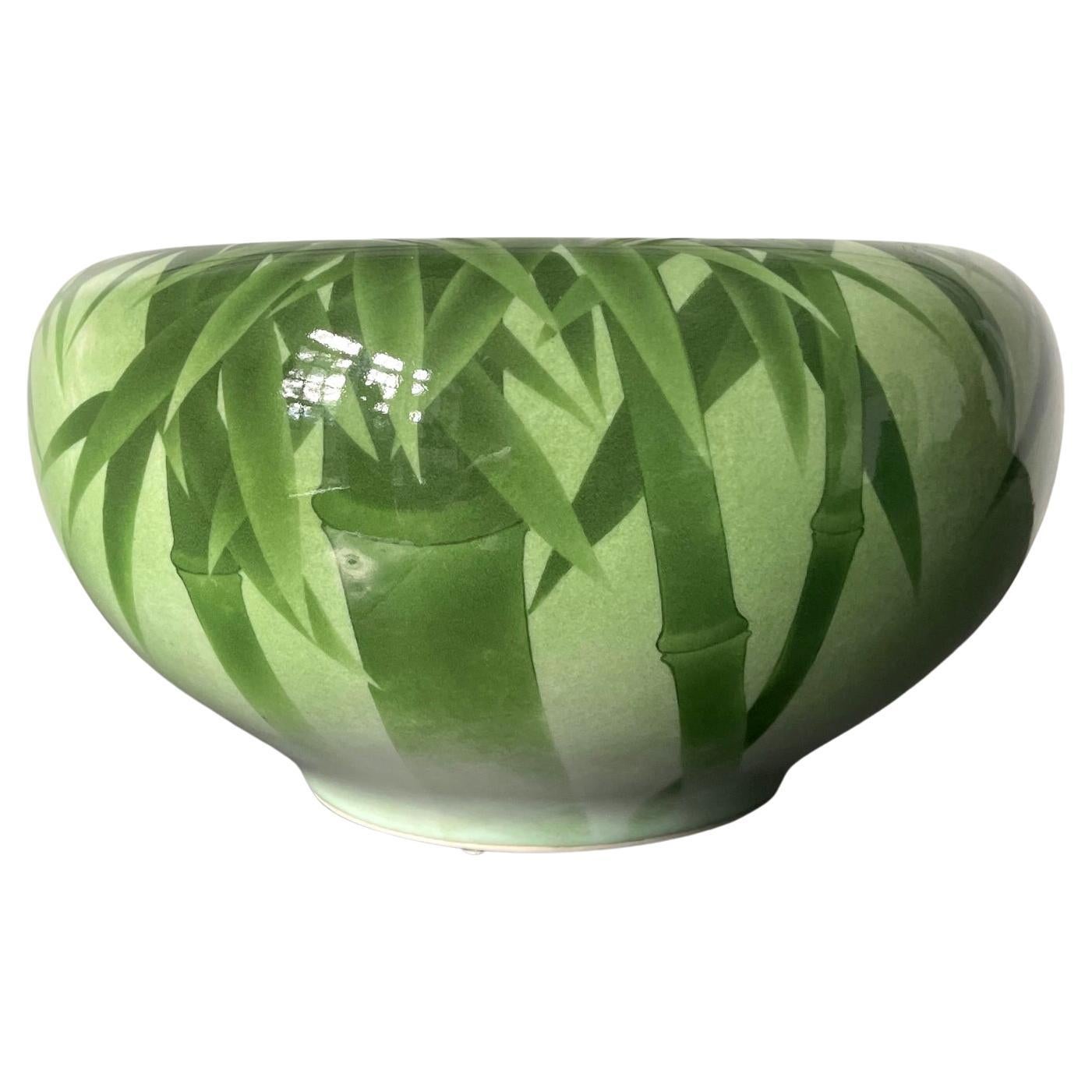
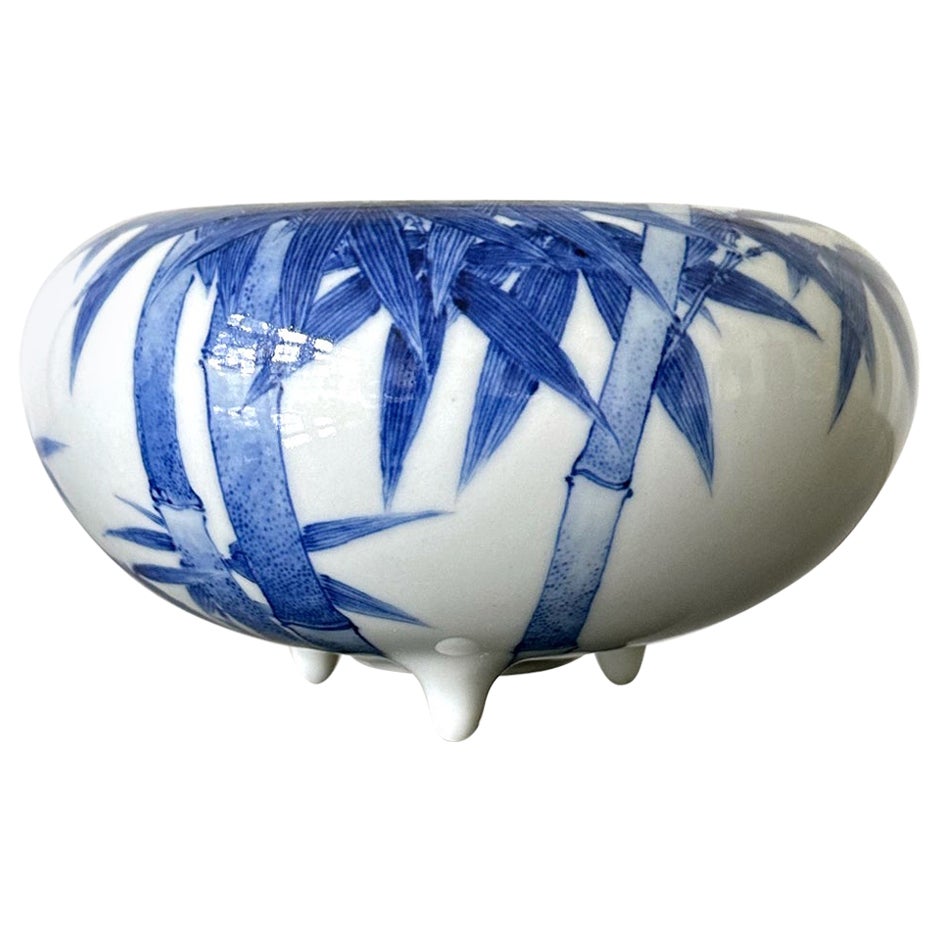

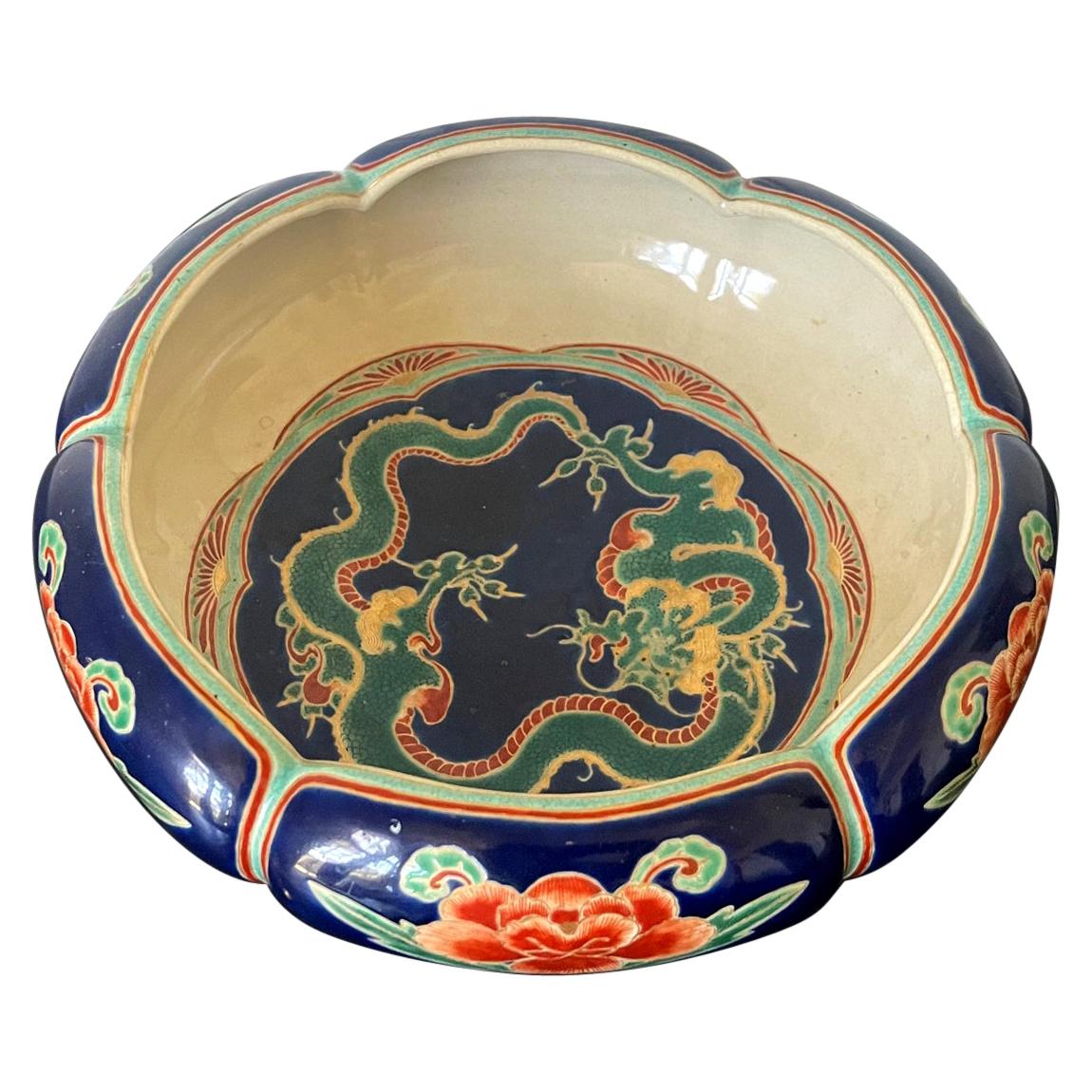
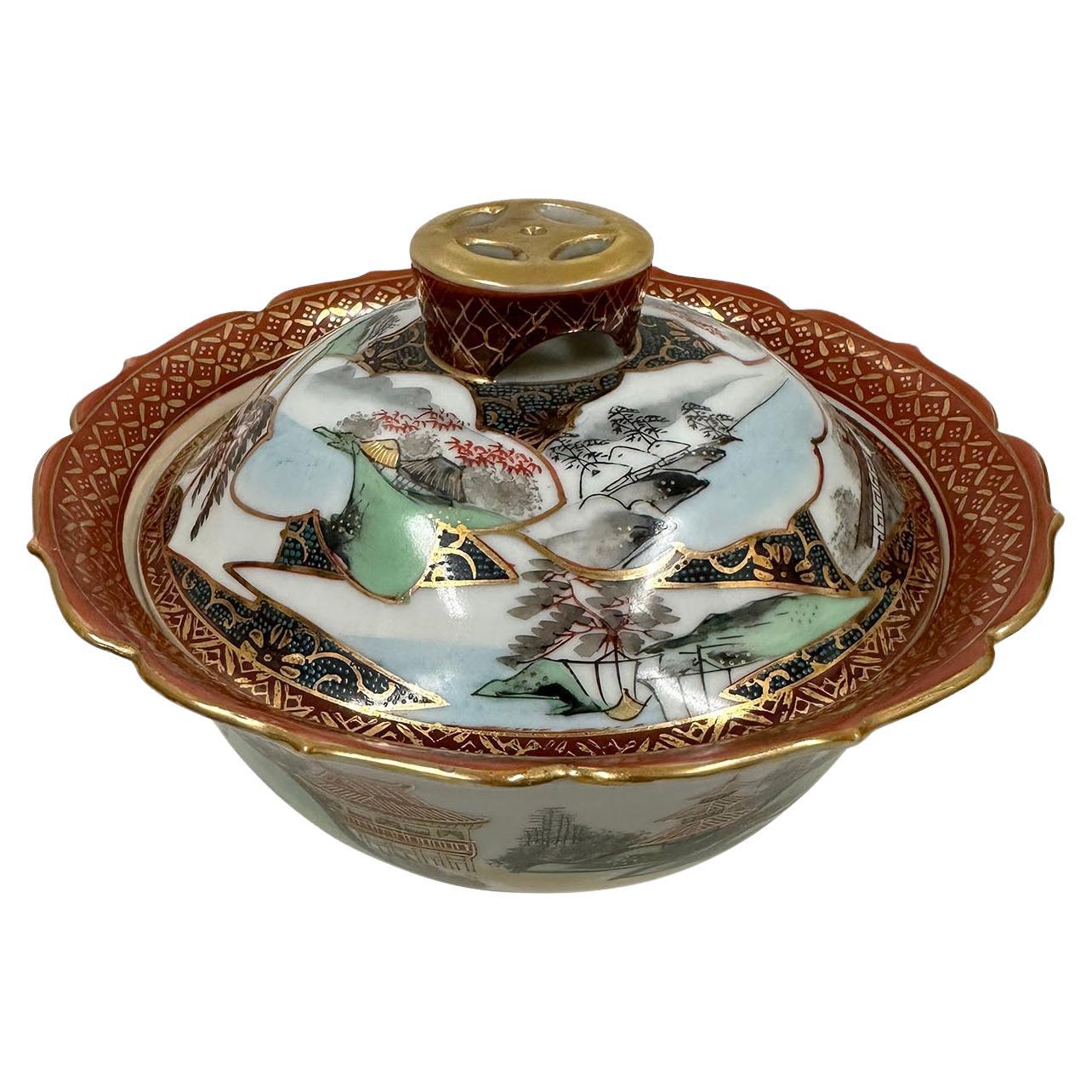
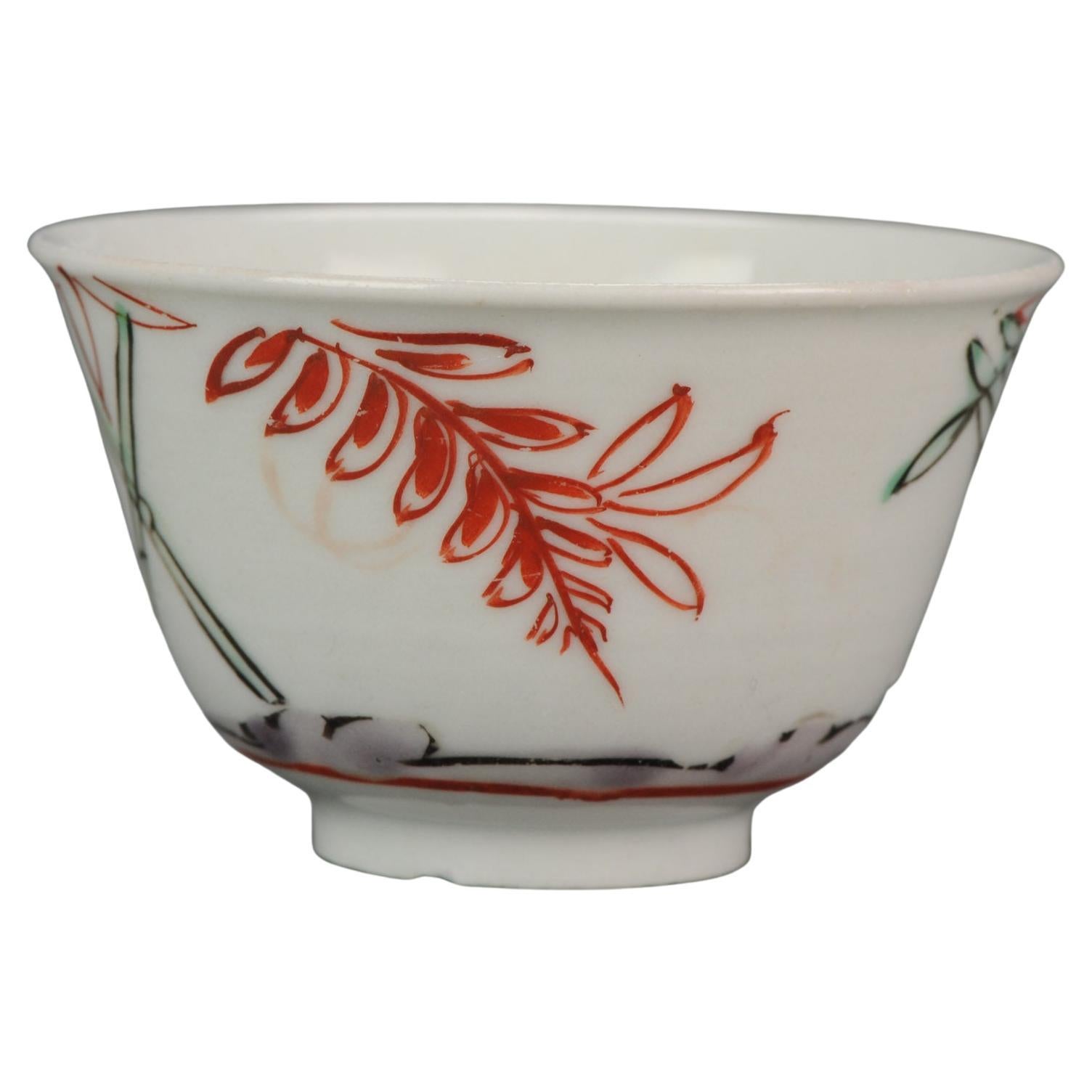
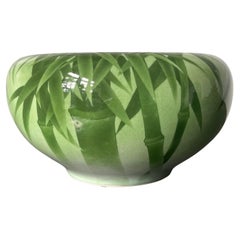
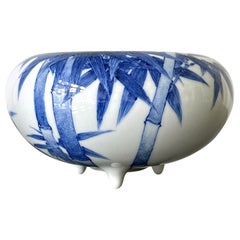
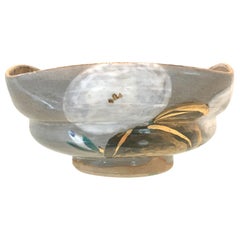

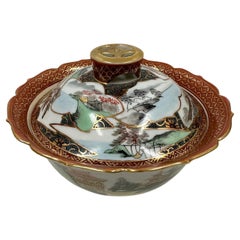
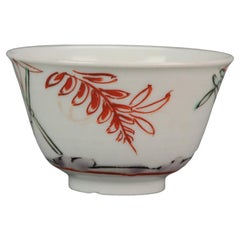
![Japanese antique pottery bowl/[Banko ware] Mie prefecture/1850-1912](https://a.1stdibscdn.com/japanese-antique-pottery-bowl-banko-ware-mie-prefecture-1850-1912-for-sale/1121189/f_319674221672470538196/31967422_datamatics.jpg?width=240)
